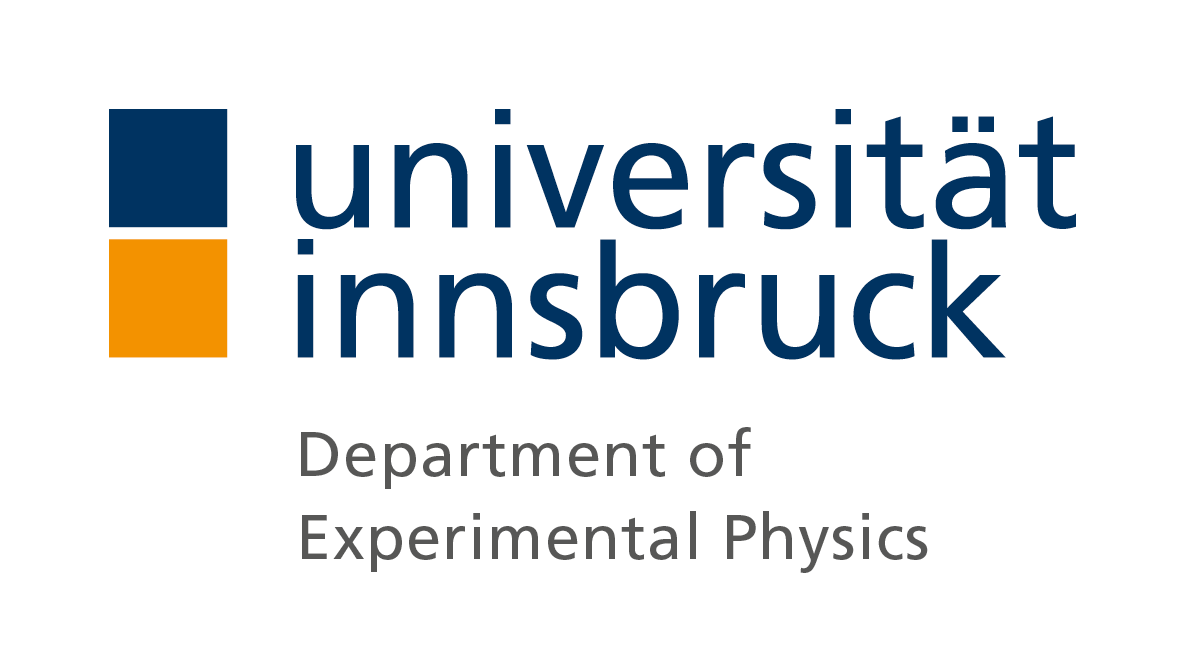
- Details

- Details
Congratulations Cornelius!
Thesis title: "Digital quantum simulation, Schrödinger cat state spectroscopy and setting up a linear ion trap".

- Details
The investigation of the properties of interacting quantum many-body systems is of central importance for condensed matter physics, quantum chemistry, atomic and molecular physics, and related fields. A long-standing challenge in these areas of quantum physics has been the engineering and control of quantum many-body systems with precisely tailored properties. Thanks to an exciting technological development over recent years, systems like neutral atoms, trapped ions, or photons interacting with atomic ensembles are now being used to artificially engineer such quantum matter.
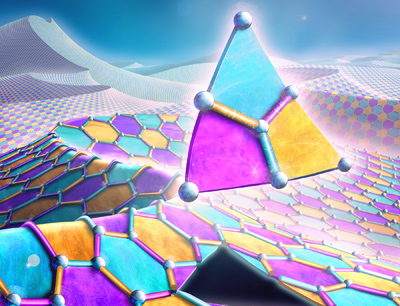
- Details
In a close collaborative effort, Spanish and Austrian physicists have experimentally encoded one quantum bit (qubit) in entangled states distributed over several particles and for the first time carried out simple computations on it. The 7-qubit quantum register could be used as the main building block for a quantum computer that corrects any type of error. The researchers’ results have now been published in Science.
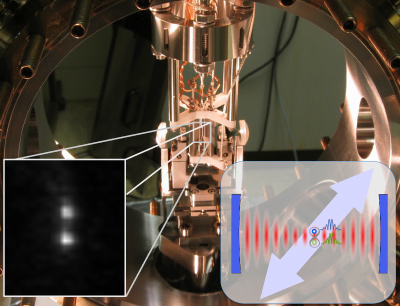
- Details
A team of scientists in Innsbruck, Austria, made an important step toward distributed quantum computing with cavities linking remote atom-based registers. They demonstrated precise control of the coupling of each of two trapped ions to the mode of an optical resonator.
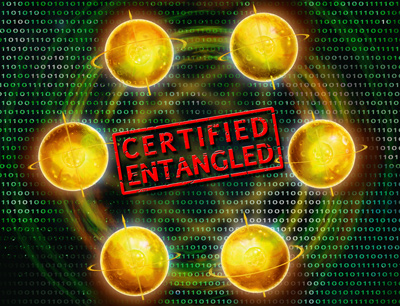
- Details
For quantum physicists, entangling quantum systems is one of their every day tools. Entanglement is a key resource for upcoming quantum computers and simulators. Now, physicists in Innsbruck and Geneva realized a new, reliable method to verify entanglement in the laboratory using a minimal number of assumptions about the system and measuring devices. Hence, this method witnesses the presence of useful entanglement. Their findings on this ‘verification without knowledge’ has been published in Nature Physics.
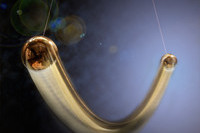
- Details
In a new take on quantum logic spectroscopy, a sensitive spectroscopy method employing a Schrödinger cat state of motion is investigated. With sensitivity down to the single photon level, the new technique extends the range of transitions that can be investigate in the spectroscopy of atomic and molecular ions. The results of our work are published in the journal Nature Photonics.
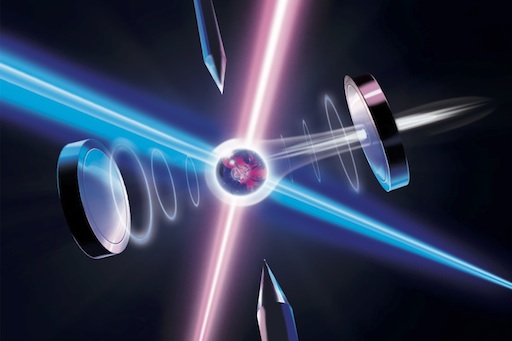
- Details
Not only do optical fibers transmit information every day around the world at the speed of light, but they can also be harnessed for the transport of quantum information. In the current issue of Nature Photonics, a research team of Innsbruck physicists led by Rainer Blatt and Tracy Northup report how they have directly transferred the quantum information stored in an atom onto a particle of light. Such information could then be sent over optical fiber to a distant atom.
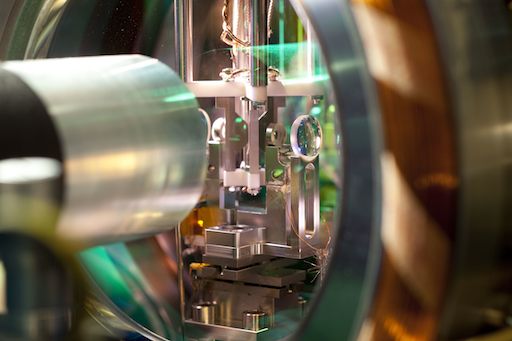
- Details
While several building blocks for a quantum computer have already been successfully tested in the laboratory, a network requires one additonal component: a reliable interface between computers and information channels. In the current issue of the journal Nature, physicists at the University of Innsbruck report the construction of an efficient and tunable interface for quantum networks.
